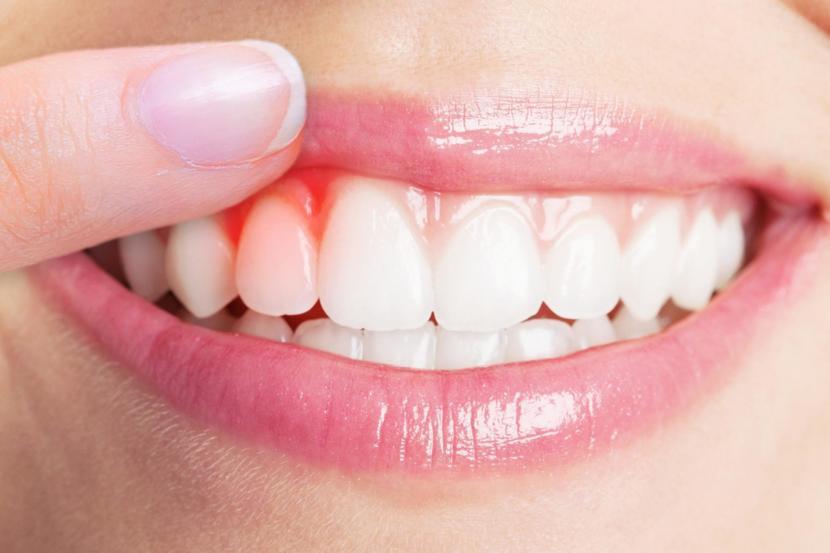Comprehensive Guide to Treatment Options for Periodontal Disease

Dr. Greg Gelfand is the general dentist at Gentle Dental. Growing older, he found himself drawn to the idea of becoming a dentist himself, and after working as a dental assistant at his mother’s practice, he entered Columbia University College of Dental Medicine. Dr.Gelfand completed the Advanced general dentist training... more
Periodontal disease, often known as gum disease, is a common disorder affecting the tissues that surround the teeth. It occurs as gingivitis, characterized by gum inflammation, and can proceed to more severe stages if left untreated. Proper management and treatment are crucial to avoid additional damage and preserve excellent oral health. This comprehensive guide will explore various treatment options for periodontal disease, ranging from preventive measures to advanced interventions.
Preventive measures
Maintaining appropriate oral hygiene practices is the first step in preventing periodontal disease. Brushing, flossing, and using antiseptic mouthwashes regularly help eliminate plaque and bacteria, preventing the development of gingivitis. Professional dental cleanings, scheduled at least twice a year, are critical for eliminating hardened plaque (calculus) that regular oral hygiene techniques may not remove.
Non-Surgical Treatments
Scaling and root planing
This non-surgical method involves removing plaque and calculus from the teeth and roots. Scaling eliminates deposits above and below the gumline, while root planing smoothes the root surfaces, preventing bacteria from sticking to them. This treatment approach is helpful for periodontal disease treatment in its early stages.
Antibiotic therapy
Antibiotics may sometimes be prescribed to deal with bacterial infection and inflammation. They can be used topically, orally, or as part of a sustained-release device placed into periodontal pockets. Antibiotics complement other forms of treatment by assisting in eliminating the bacteria that cause the infection.
Surgical Interventions
Flap surgery (pocket reduction surgery)
Flap surgery may be indicated in more severe cases when deep pockets have developed between the teeth and gums. This includes lifting the gum tissue to reach and clean the roots and lowering pocket depth. After that, the gums are repositioned to promote healing.
Bone grafts
Advanced periodontal disease can cause bone loss around the teeth. Bone grafts are procedures that include the transplantation of bone tissue to replace or stimulate the growth of missing bone, hence providing support for the teeth. This treatment improves the overall stability of the affected teeth.
Soft tissue grafts
Soft tissue grafts can treat receding gums, a typical complication of severe periodontal disease. This involves attaching tissue from the roof of the mouth or another donor source to the receding gumline. This helps prevent future recession and improves the visual appeal of the smile.
Laser therapy
Laser-assisted periodontal treatment is an innovative technique that removes diseased tissue and bacteria from periodontal pockets. Lasers may additionally promote the regeneration of healthy tissue. Compared to standard surgical approaches, this minimally invasive treatment reduces pain and promotes faster healing.
Ongoing maintenance
Regardless of the treatment method selected, ongoing maintenance is essential for effective periodontal disease management. Patients are recommended to maintain a strict oral hygiene routine, undergo regular dental check-ups, and adhere to any prescribed maintenance treatments to prevent recurring conditions.
Holistic approaches
Holistic or integrative methods for periodontal disease management may also be beneficial. A healthy diet rich in essential vitamins and minerals promotes overall dental health. Moreover, stress management practices can help reduce inflammation and improve the body's capacity to fight an infection.
The Bottom Line
Periodontal disease treatment involves a comprehensive strategy ranging from preventive measures and non-surgical approaches to complex surgical techniques. The first step to preventing disease development is early identification and timely treatment. An effective treatment strategy includes maintaining proper oral hygiene, receiving professional dental care, and implementing a holistic approach to oral health. People may work with their dental specialists to build a treatment approach that best meets their needs by knowing the available alternatives and maintaining a healthy and resilient smile.









